Stop 2 – Gyeongju, South Korea. Visited 25 – 26th October 2024
After six days in Seoul, I rode the train southward to Gyeongju. The train arrived at the station at Gyeongju earlier than I anticipated. In a slight panic, I tucked the phone away and rushed off the train. On the platform, I searched my pockets but could not find it. So I rushed back onto the train, leaving my luggage on the platform, my brain already in a retard phase. Not finding it, I tried to disembark, but the door slammed in my face. While still in despair, the train door miraculously popped open, and I burst out of it. As soon as my feet were on the platform, the train took off like a bullet. I then found the phone in my backpack.
While still calming my nerves, three Italians offered to take me with them downtown in their taxi, without my asking and free of charge – very rare in all my years of solo travel. Young people with big hearts, from Sicily, the place I couldn’t help associating with the mafias.
I read that Gyeongju is a museum with no walls. It looks more like a graveyard of the dead among the living. Tombs of the ancient royals appear all over the city like round mounds, carpeted by green grass and sitting on green lawns. I visited the Bonghwangdae, Daereungwon, King Michu, King Muyeol tombs, among many others. Visitors wandered around, enjoying a fine day in the park in the company of the dead. When darkness descended, the crowd had gone home, a walk in the parks, whistling past the graveyards, would be a novel experience.
I sauntered through the tombs to the Woljeongyo Bridge, more like a glamorous hall built over the Hyeongsan River. It was a pleasant walk, with just enough living souls to make one feel this is not an open graveyard for the dead. Everywhere I wandered, the streets were lined with abundant food and snacks – the living still have to enjoy living.
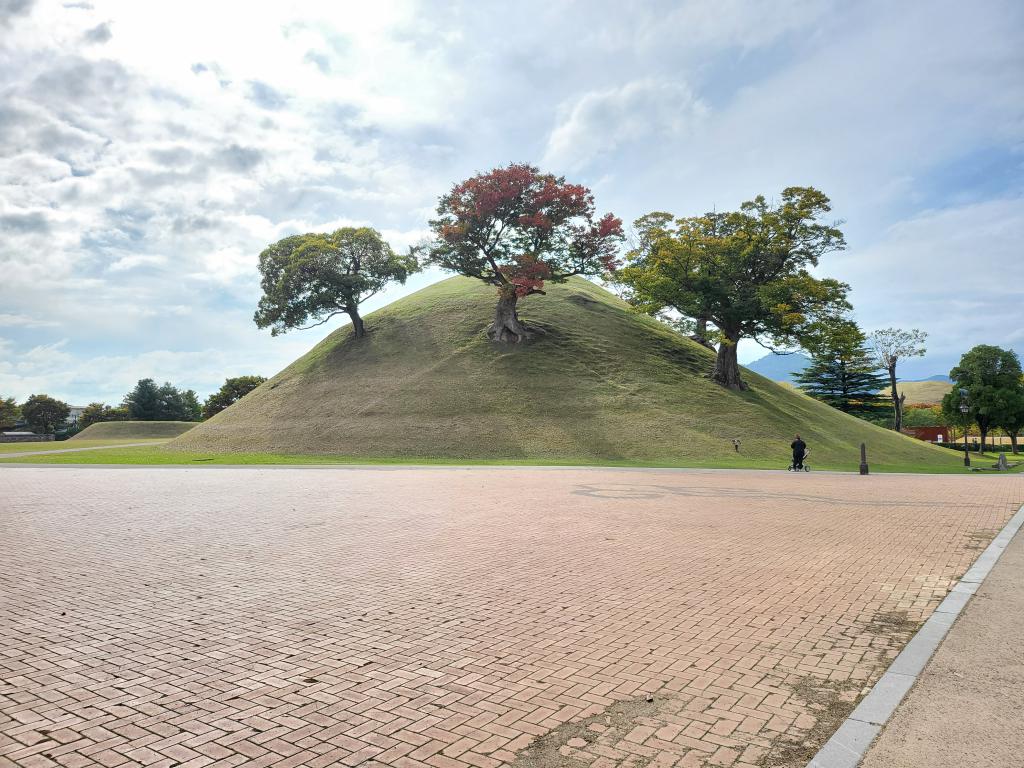
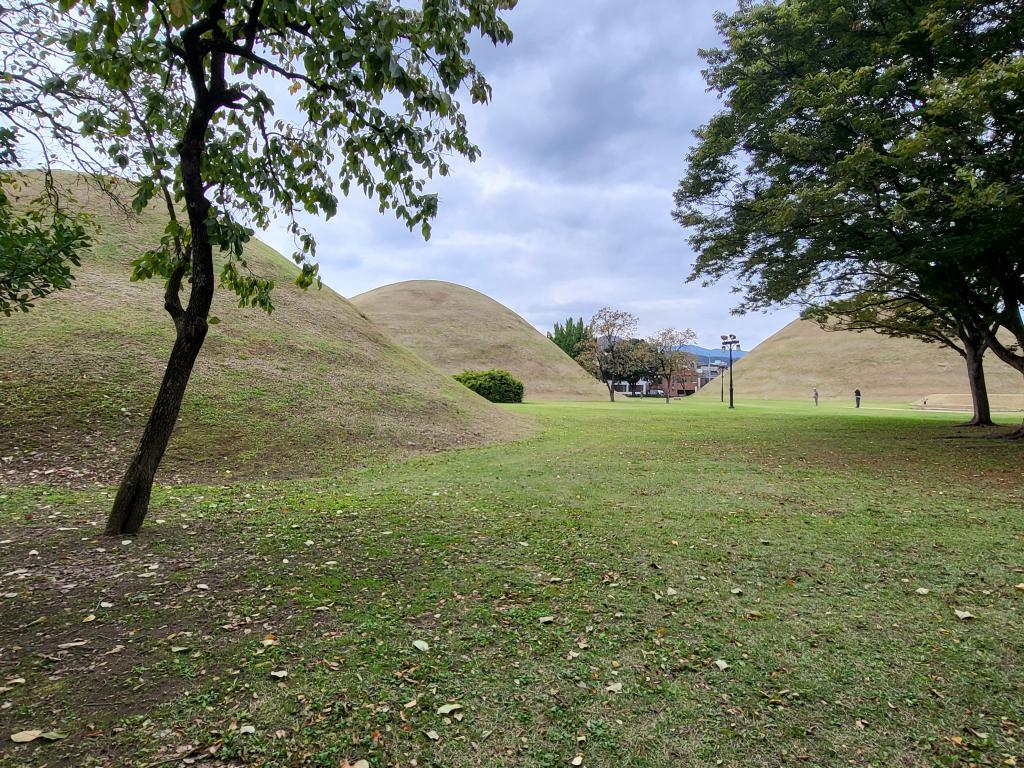

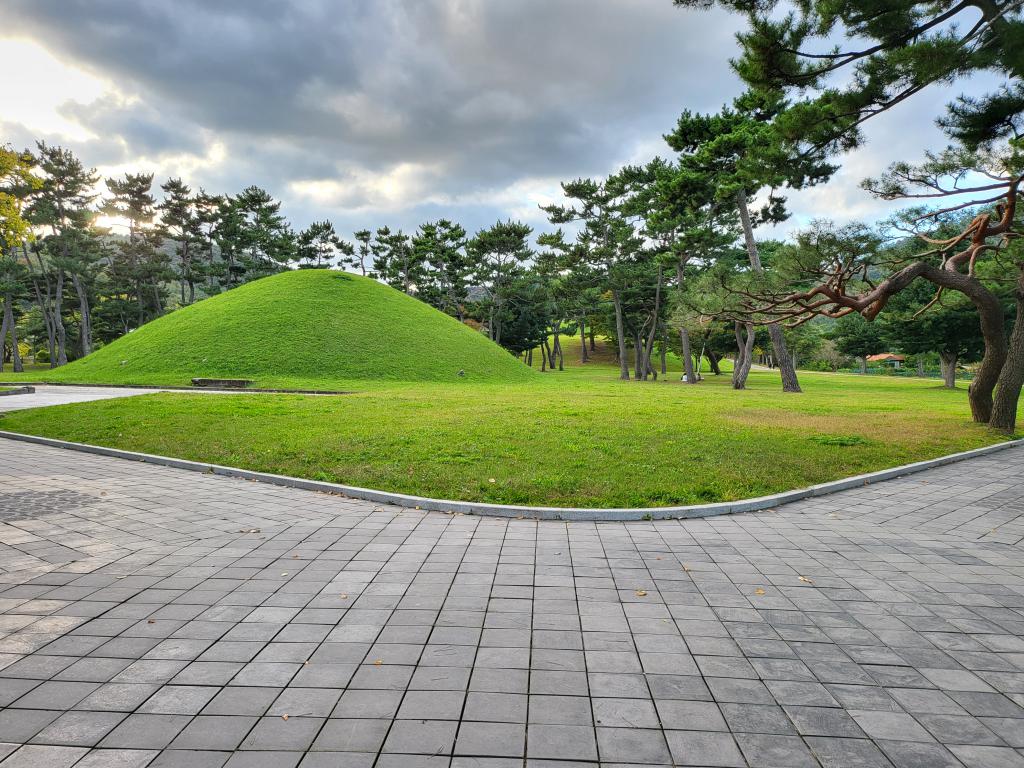
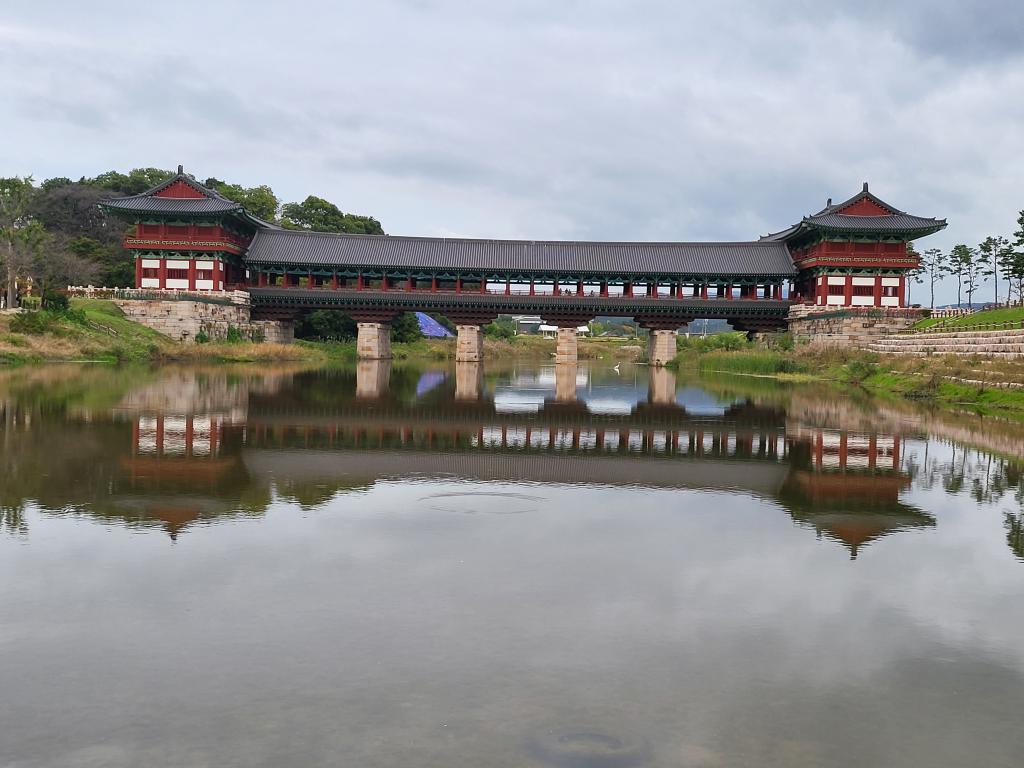

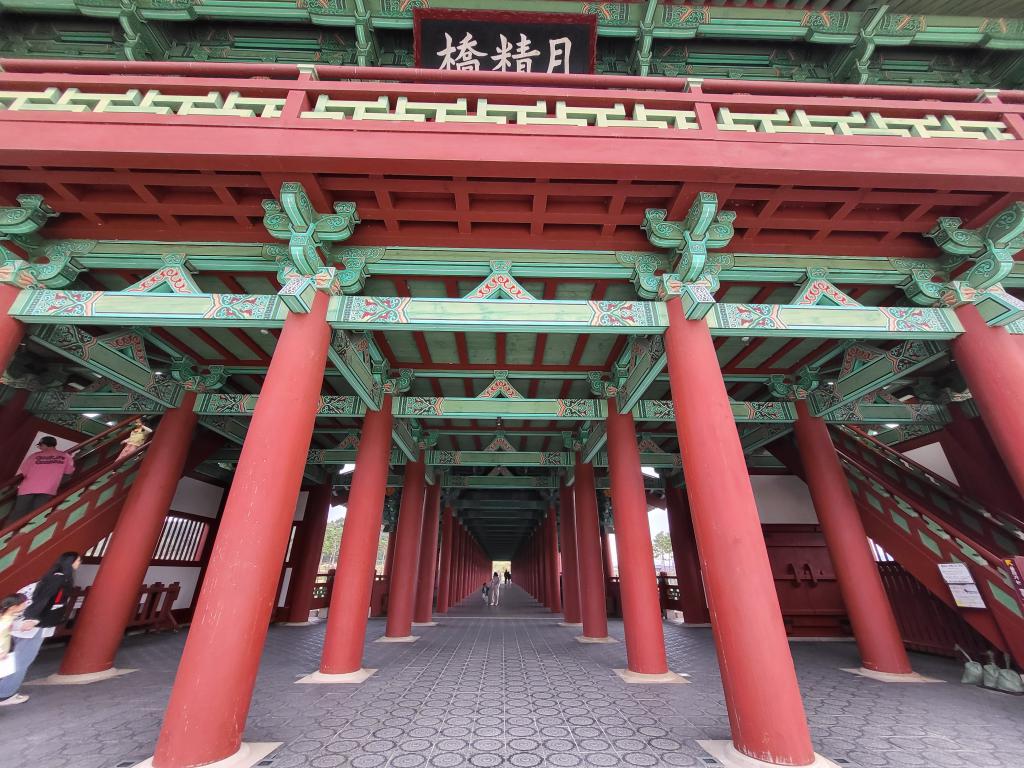
I rode a jammed-packed public bus 13 km to the Buddhist temple Bulguksa Temple. It consists of a few impressively designed and colored halls, gates, pagodas, and courtyards that space out these different buildings. So it was a good outing, appreciating the temple architecture in a garden, like an open museum.
Gyeongju, a place to celebrate the dead with the living, by living well.

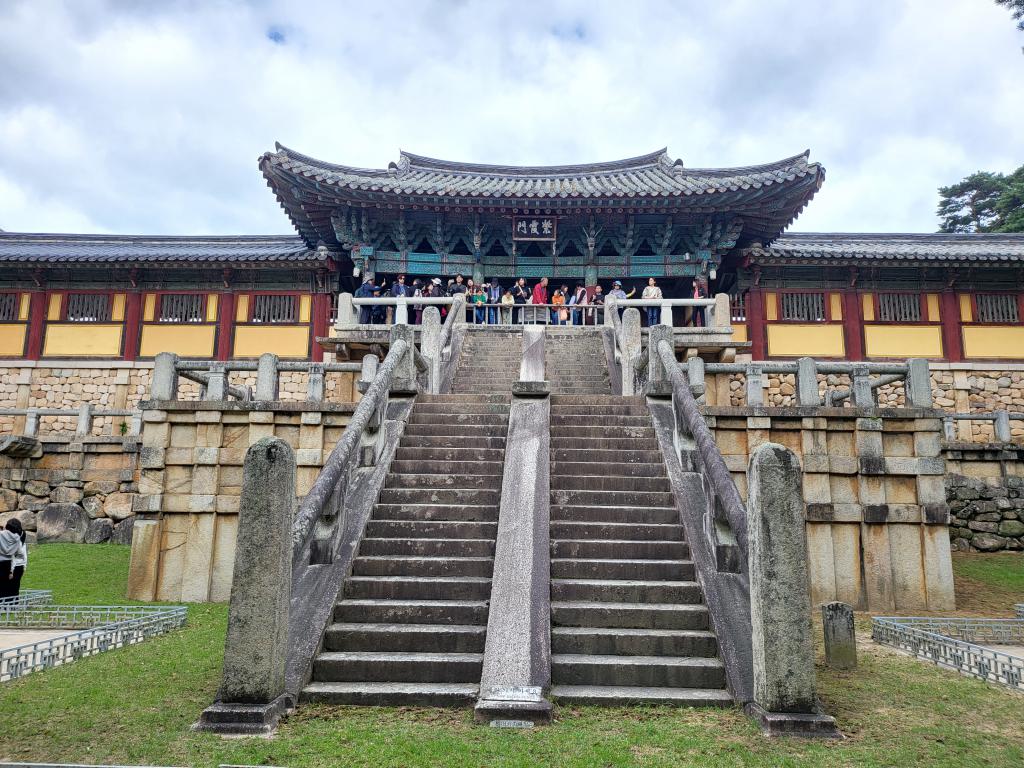
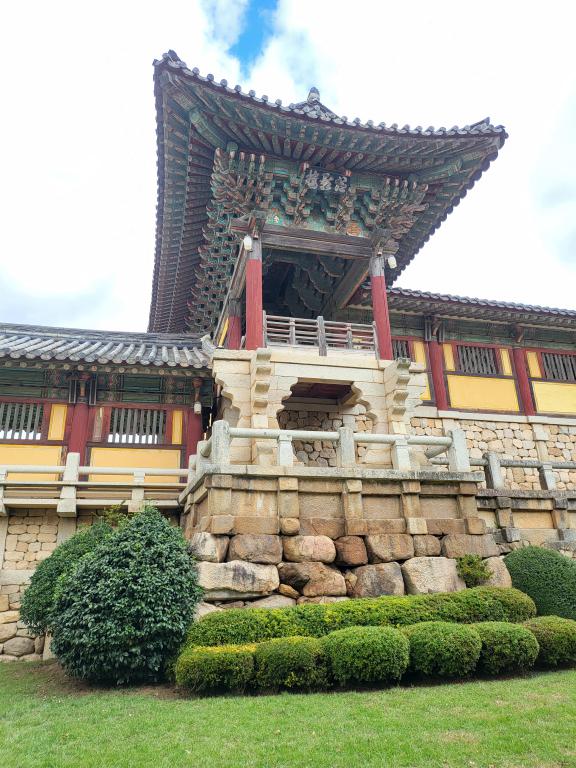
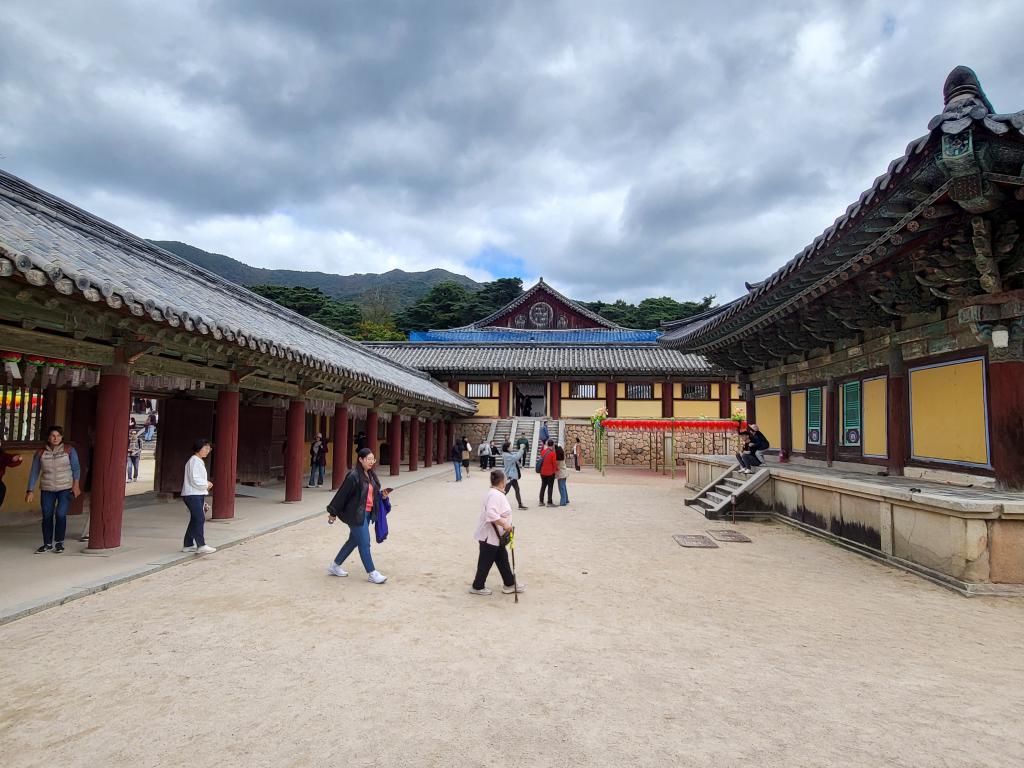
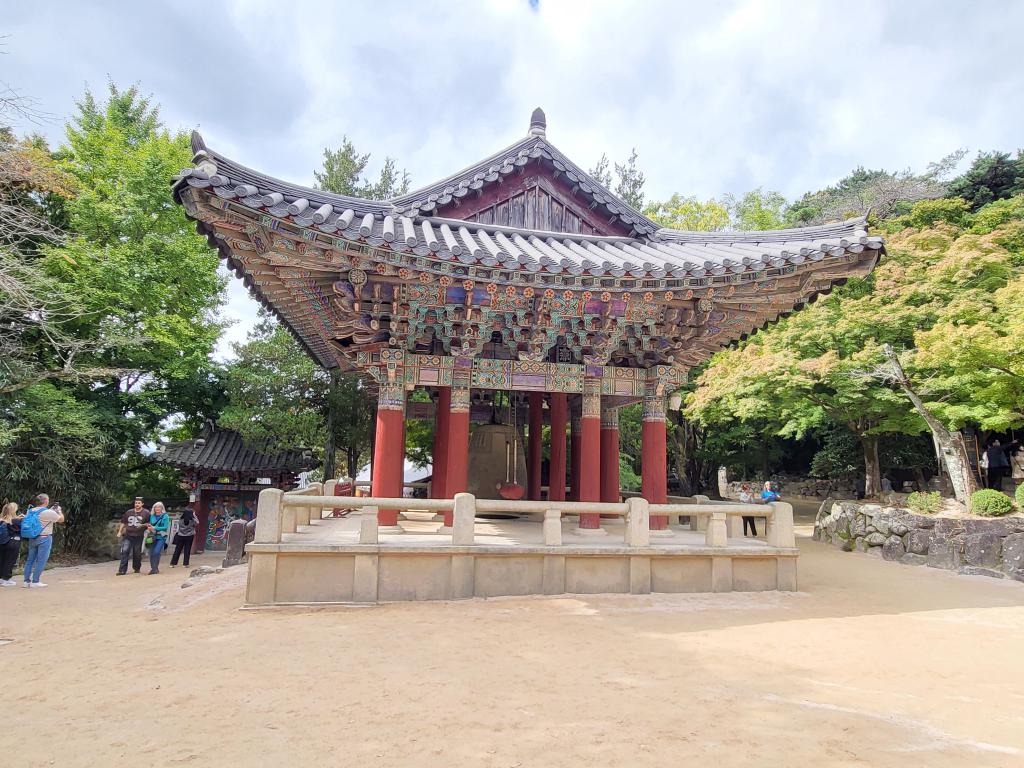
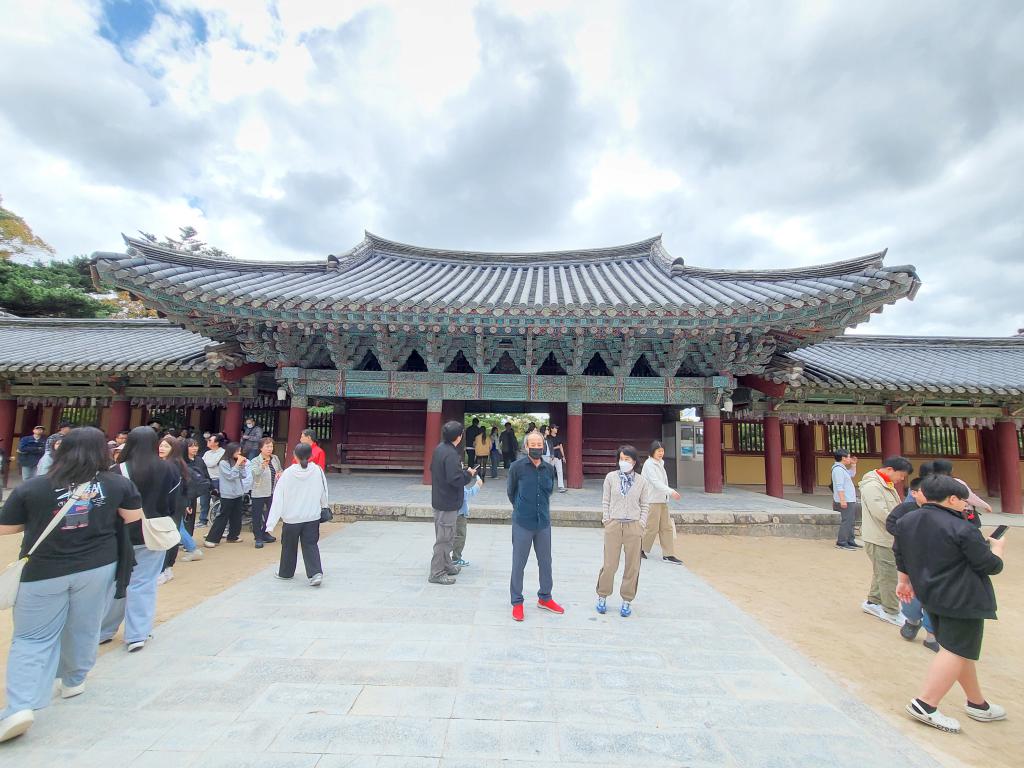
Bulguksa Temple
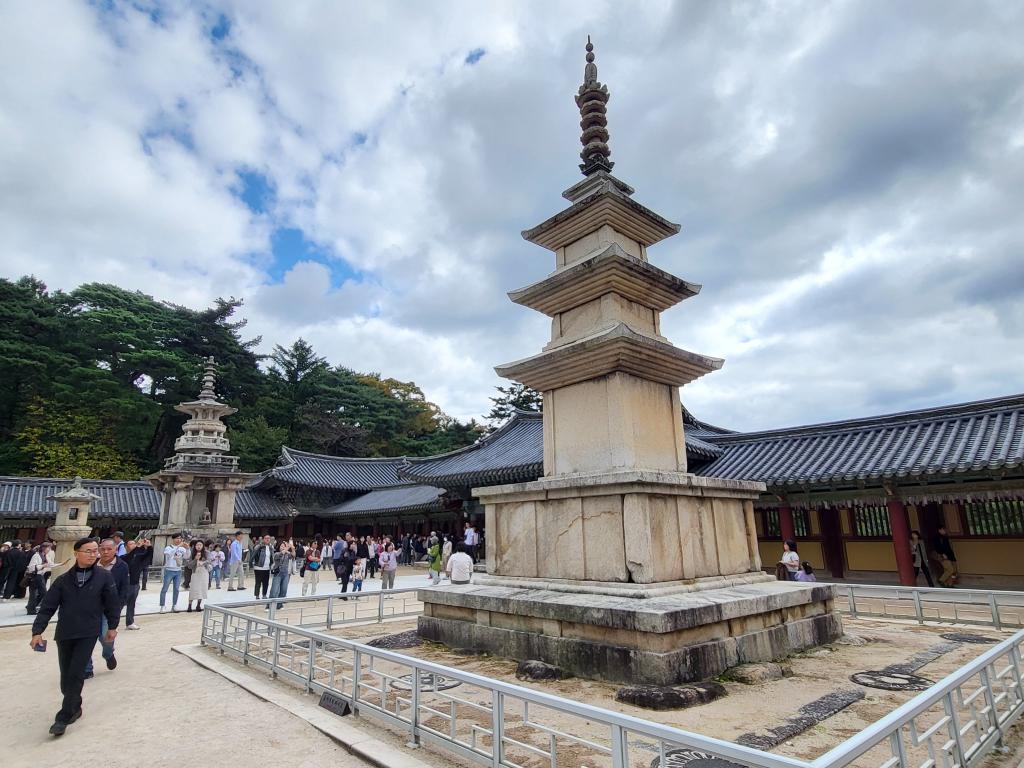
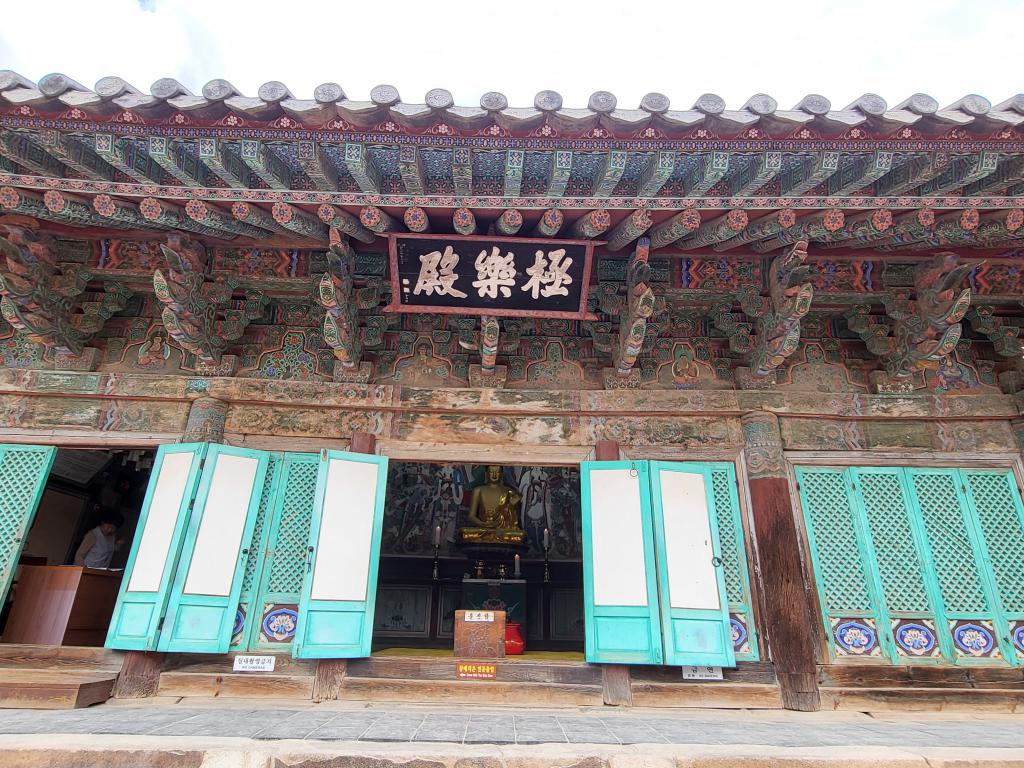
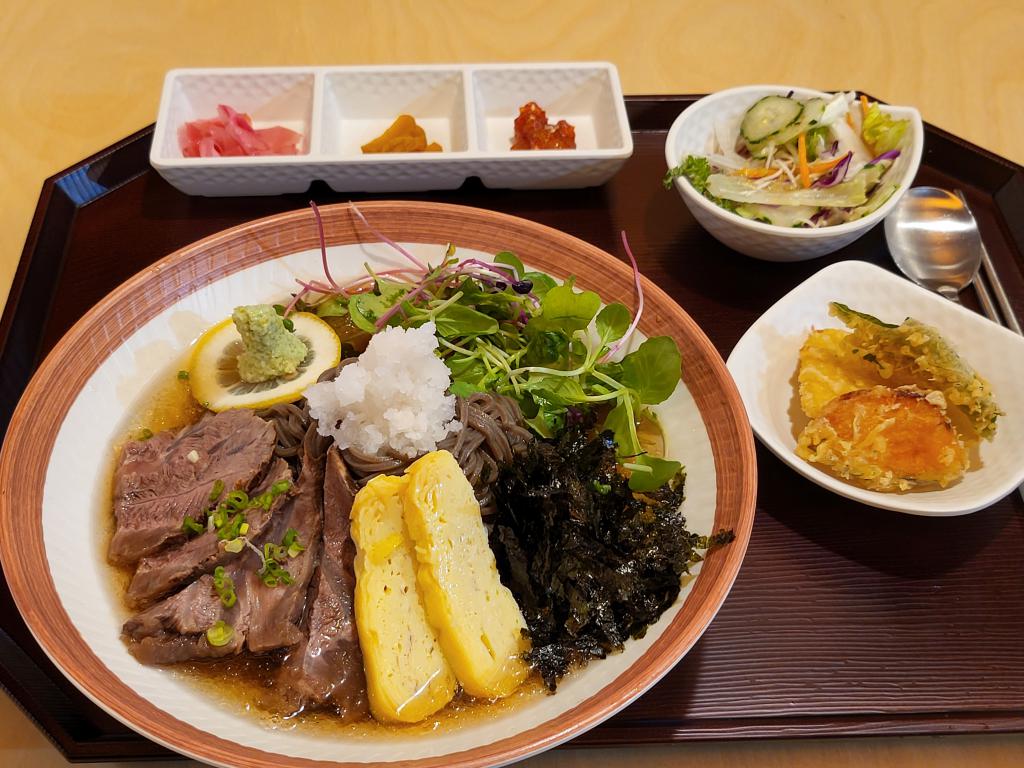
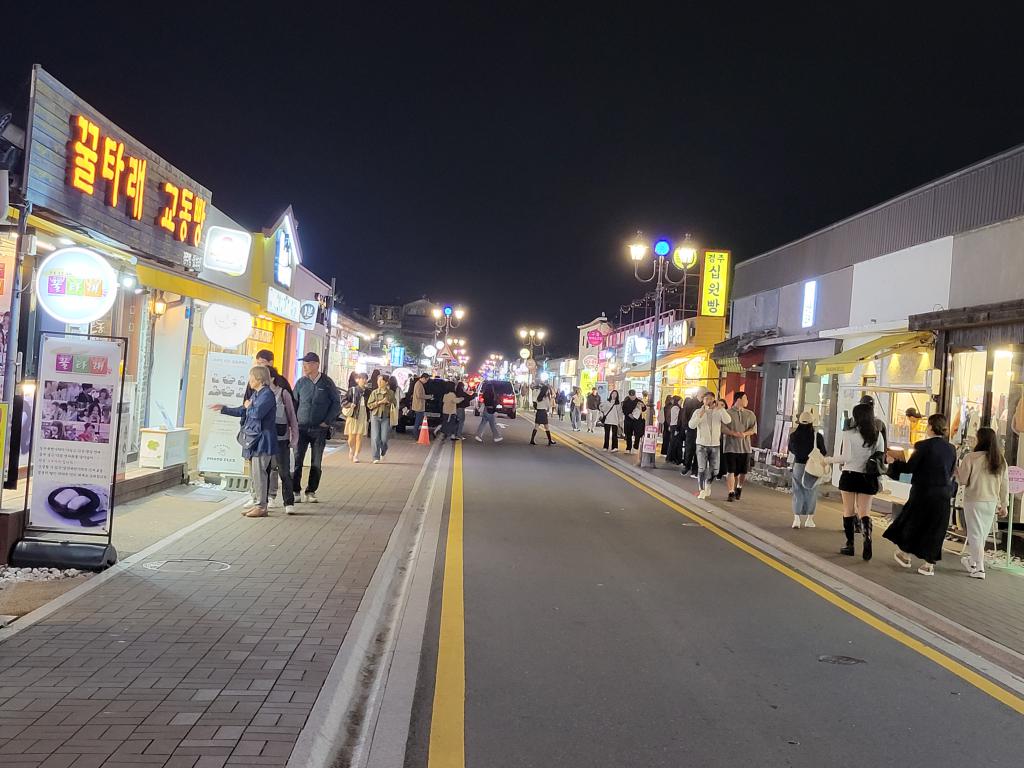
Click the link below to go to the next Stop:
Click the link below to start from Stop 1:
This South Korea itinerary: Seoul > Gyeongju > Busan > Jeju
Korea route map:
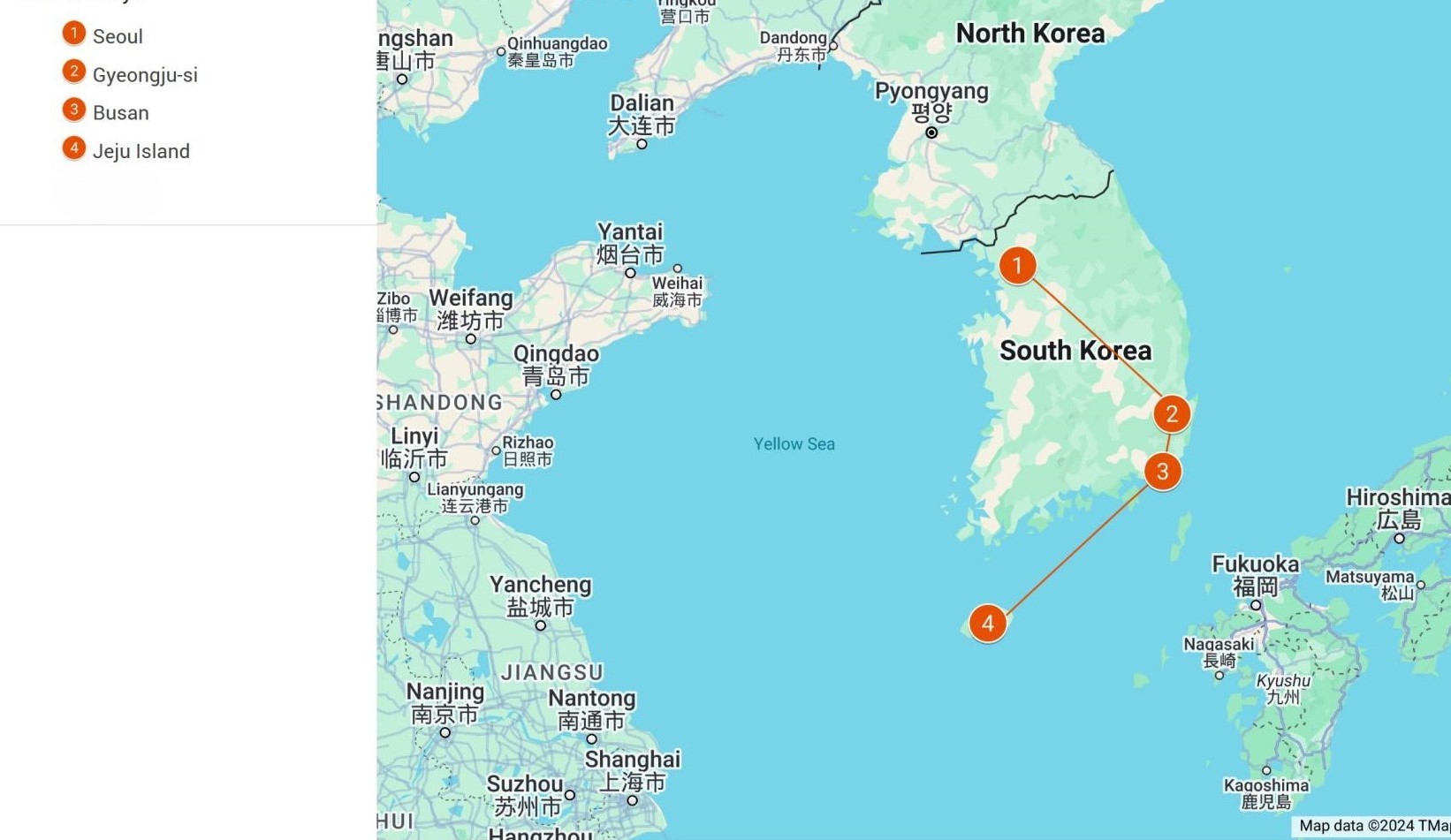
It’s interesting how much strategy goes into even ‘casual’ slots! Seeing platforms like hot646 login emphasize verified mechanics & responsible gaming is a good sign. Registration seems straightforward too, which is a plus!
Dice games are surprisingly complex – probability & strategy really intertwine! Seeing platforms like ph333 slot embrace AI for personalized experiences is fascinating. Quick onboarding & secure payments are key for modern gaming too!
Reddyannabookie is another one I’ve seen around. Similar to Reddyannabookonline, seems like the reviews are split. I’d recommend browsing around the site and seeing if it feels right for you before depositing any money. You can check them out at reddyannabookie.
Solid article! Understanding game mechanics is HUGE for long-term success, especially in tournaments. It’s smart to prioritize learning – like the approach at phlwin – builds confidence & smart play. Great insights!
linkvaobong88com — another option for getting into Bong88. Anyone try this recently? Hoping for a stable connection. Hit me with your experiences! Take a look: linkvaobong88com
23winslot has some crazy cool slot games! Been spinning the reels all afternoon. If you’re a slot head, this is your place: 23winslot